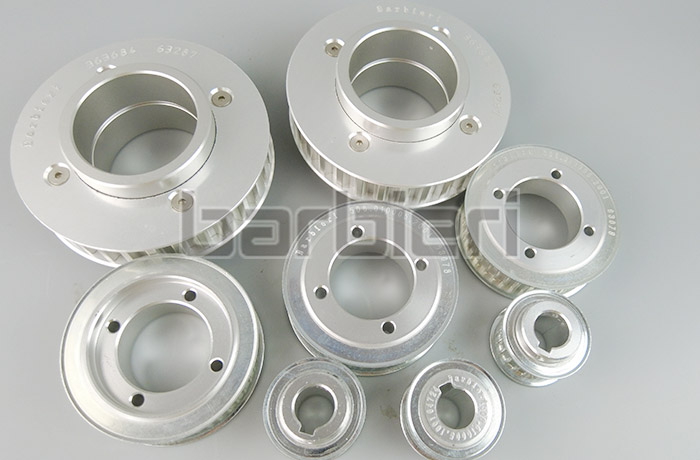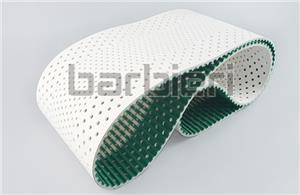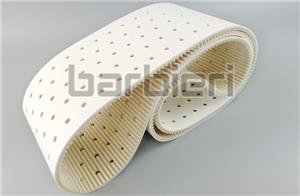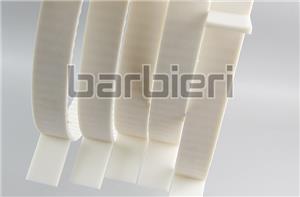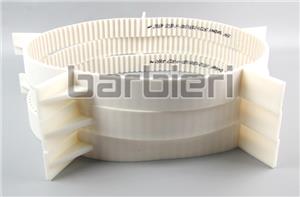What is the difference between the reasons for the shaking and sliding of the timing belt?
Timing belt shakes or slides during operation. Both of these situations are manifested as unstable movement of the timing belt, but the causes are different. It is necessary to take corresponding measures to prevent and solve these two phenomena to ensure the stable operation of the timing belt.
Identification characteristics of timing belt shaking and sliding
1. Typical manifestations of shaking (vibration): lateral swing or longitudinal shaking of the timing belt during operation; the belt body moves left and right on the timing pulley, which may rub the flange; low-frequency humming or periodic impact sound.
2. Typical manifestations of sliding (slipping, tooth skipping): the meshing of belt teeth and wheel teeth is misaligned, and the tooth grooves are not engaged; the root of the belt teeth is worn or the tooth surface is scratched (caused by sliding friction); high-frequency sharp whistling (belt teeth scraping wheel grooves) or intermittent "clicking" sound (tooth skipping moment).
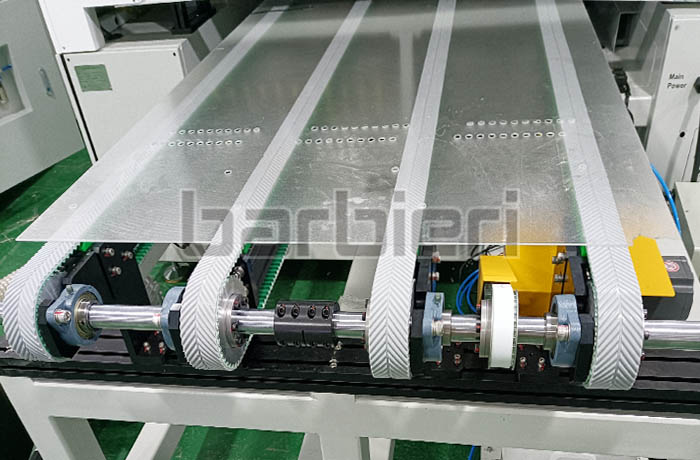
Analysis of the causes of timing belt shaking and slipping
1. Common causes of shaking (vibration)
*Installation problems:
The parallelism error of the timing pulley is too large (the two pulley axes are not parallel), resulting in uneven force on the timing belt and deviation to one side during operation.
The axis of the timing pulley is not in the same plane (such as high and low misalignment), and the belt body is pulled to produce longitudinal vibration.
*Component defects:
The axis of the timing pulley is not round (such as casting error) and the bearing is worn, resulting in eccentricity when the timing pulley rotates, causing the timing belt to jump.
The timing belt itself has quality defects (such as uneven local thickness and uneven joints), and impact shaking occurs when it runs to the defective position.
*Tensioning problems:
The tension is uneven (such as the installation of the tensioning pulley is crooked), and the tension on both sides of the belt body is unbalanced, causing lateral swing.
2. Common causes of slippage (slipping/jumping teeth)
*Insufficient tension:
The tension of the timing belt is too low to provide sufficient friction, and the timing pulley teeth cannot effectively drive the timing belt, resulting in relative slippage.
*Excessive load:
The actual load of the equipment exceeds the rated transmission power of the timing belt, the torque of the timing pulley is too large, and the belt body cannot withstand it and slips.
*Poor meshing:
The wear of the timing pulley tooth groove or the wear of the timing belt teeth leads to a reduction in the meshing area and insufficient bite force.
Foreign matter (such as oil and debris) adheres to the tooth groove, reducing the friction coefficient and destroying the meshing stability.
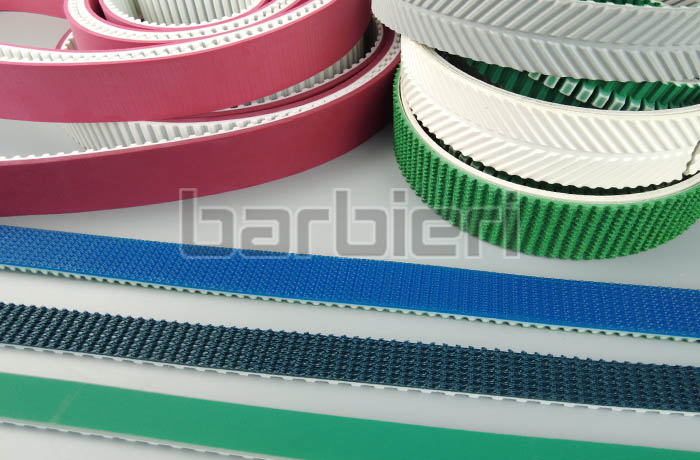
Solutions to timing belt shaking and sliding
1. Solutions to shaking:
Recalibrate the parallelism and coaxiality of the pulley to ensure installation accuracy.
Replace worn bearings, timing pulleys, and timing belts.
Adjust the position of the tensioner to ensure uniform tension on both sides of the belt body.
2. Solution to slippage:
Re-adjust the tensioning force. If the tensioning mechanism fails, replace the tensioning pulley.
Reduce the load to the rated range, or replace a higher strength timing belt.
Clean foreign matter from the pulley tooth groove, and replace the worn timing pulley or timing belt.
